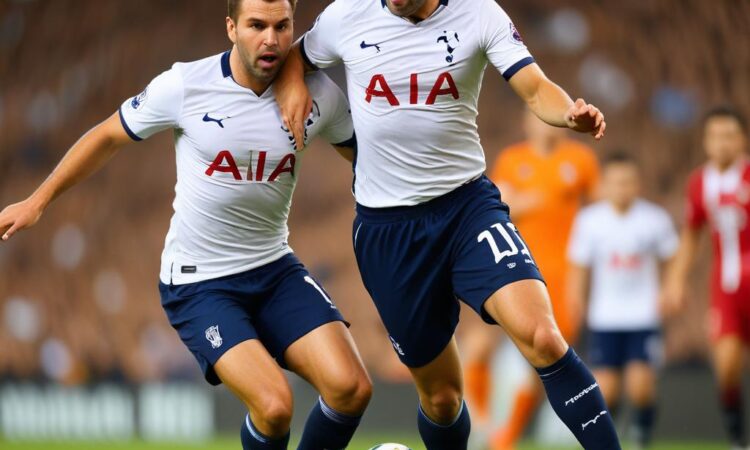Is Postecoglou’s Style Causing Tottenham’s Injury Crisis?
Right, Spurs fans, let’s talk. Things haven’t exactly been smooth sailing since Ange Postecoglou took the reins, have they? And a big part of the conversation seems to be the seemingly endless injury list. Is it just bad luck? Or is there something more to it? Well, BBC Sport got chatting with sports scientist Anton McElhone – a guy who knows Ange’s methods pretty well from their time together at Celtic – to get some insights.
McElhone, obviously, wasn’t throwing Ange under the bus, but he did offer some interesting food for thought. He painted a picture of Postecoglou’s high-intensity, attacking style of play. Think non-stop pressing, relentless running, a whole lot of high-energy action. Sounds exciting for the fans, right? Absolutely! But that kind of football takes its toll. We’re talking serious demands on players’ bodies.
McElhone highlighted the importance of balancing this high-octane style with adequate recovery and injury prevention strategies. He didn’t explicitly blame Ange’s methods for the injuries, but hinted that the sheer intensity could potentially increase the risk if not managed properly. He talked about the need for tailored training programs, individualised recovery plans, and maybe even tweaks to the team’s overall tactical approach to account for player fatigue and injury risk.
It’s a tricky situation. You’ve got a manager who wants to play exhilarating, attacking football – the kind of football that gets fans off their seats – and that’s fantastic. But is it sustainable if it’s constantly leaving players on the sidelines? It’s a delicate balance between exciting, high-pressing football and ensuring the players can actually stay on the pitch.
The conversation also touched on the transition period. Moving from one club, one style, and one training regime to another is a massive adjustment for players. It takes time to adapt, both physically and mentally. Maybe some of the injuries are simply a consequence of this adaptation phase, as players adjust to Ange’s more demanding approach.
There’s no easy answer, of course. Is it solely Postecoglou’s style? Probably not. Is it a contributing factor? It’s certainly plausible. Perhaps it’s a combination of factors: the intensity of the game, the transition period, and perhaps even a touch of bad luck.
What McElhone’s insights really highlight is the need for a holistic approach. It’s not just about the excitement of the game; it’s about the long-term health and wellbeing of the players. The club needs to ensure they have the right support systems in place – from sports scientists and physios to conditioning coaches – to mitigate the risk of injuries, even within the context of Postecoglou’s high-energy system.
Ultimately, it’s a conversation that will likely continue throughout the season. We’ll be watching closely to see how Tottenham manages this balance – the balance between exhilarating attacking football and keeping its players healthy and fit. And it’s a conversation that extends beyond Tottenham; other teams adopting similar high-intensity styles need to consider these same factors.
It’s a complex issue with no easy answers. But one thing is clear: the discussion surrounding the injury crisis and Ange’s methods is a crucial one for Tottenham’s future success.
This whole situation really highlights the importance of proper player management in modern football. It’s not just about talent; it’s about ensuring that talent can be utilized consistently without sacrificing the players’ physical wellbeing. The future might depend on finding that perfect balance.
So, what are your thoughts? Let us know in the comments!

